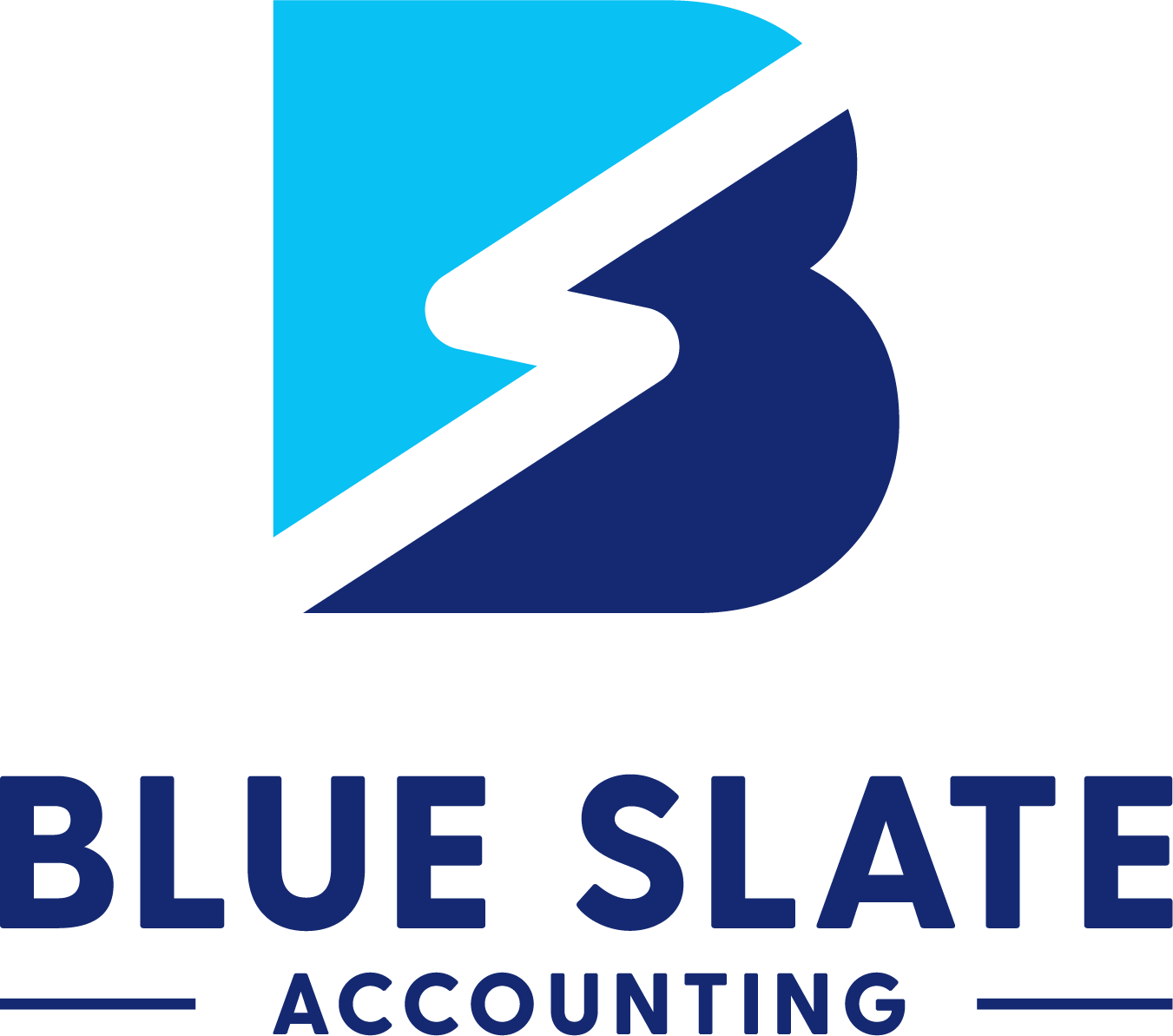Avoid Tax Surprises with a Summer Review
Life happens and when changes in your circumstances occur do you also consider what tax implications that can mean for your 2014 tax return? Why hold to chance what you may owe when there’s time to take control over the estimated tax you might pay during the latter part of 2014.
According to the IRS, these types of changes can affect your tax responsibility.
<h4> New Job. </h4>
When you start a new job, you must fill out a Form W-4, Employee’s Withholding Allowance Certificate. Your employer will use the form to figure the amount of federal income tax to withhold from your pay. Use the IRS Withholding Calculator to help you fill out the form. This tool is easy to use and it’s available 24/7.
<h4> Estimated Tax. </h4>
If you get income that’s not subject to withholding you may need to pay estimated tax. As a small business owner, it’s important to review income at least quarterly with your bookkeeper to make the appropriate adjustments as the year progresses. This will help to avoid a large tax liability in the spring. This may include income such as self-employment, interest, dividends or rent. If you expect to owe a thousand dollars or more in tax, and meet other conditions, you may need to pay this tax. You normally pay it four times a year. Use the worksheet in Form 1040-ES, Estimated Tax for Individuals, to figure the tax.
<h4> Life Events. </h4>
Make sure you change your Form W-4 or change the amount of estimated tax you pay when certain life events take place. A change in your marital status, the birth of a child or buying a new home can change the amount of taxes you owe. You can usually submit a new Form W–4 anytime.
<h4> Changes in Circumstances. </h4>
If you receive advance payment of the premium tax credit in 2014 it is important that you report changes in circumstances, such as changes in your income or family size, to your Health Insurance Marketplace. You should also notify the Marketplace when you move out of the area covered by your current Marketplace plan. Advance payments of the premium tax credit provide financial assistance to help you pay for the insurance you buy through the Health Insurance Marketplace. Reporting changes will help you get the proper type and amount of financial assistance so you can avoid getting too much or too little in advance.
<h4> Healthcare Flexible Spending Account. </h4>
If you have a pretax Healthcare Flexible Spending Account, now is a good time to see what balance you have left for the year. The Health Care Flexible Spending Account is a tax-free account that allows you to pay for essential health care expenses that are not covered, or are partially covered, by your medical, dental and vision insurance plans. By contributing a portion of your payroll dollars into your Flexible Spending Account on a pre-tax basis, you can save from 25% to 40% on the cost of eligible expenses you are already incurring. However, monies in this account typically must be used during the calendar year. Some companies make exception allowing for expenses to be submitted up through the first quarter of the following year, but that can be on a case-by-case basis. Play it safe if you participate in this type of program and spend down your balance before the end of the year. The bottom line comes down to this, take a few minutes to review tax liabilities to avoid costly surprises next tax season.










Take the first step towards outsourced accounting & tax help!
Contact
(724) 359-5022info@blueslateaccounting.com
Address
642 W. New Castle StZelienople, PA 16063 United States
Privacy Policy | Web Design by Vendilli Digital Group
